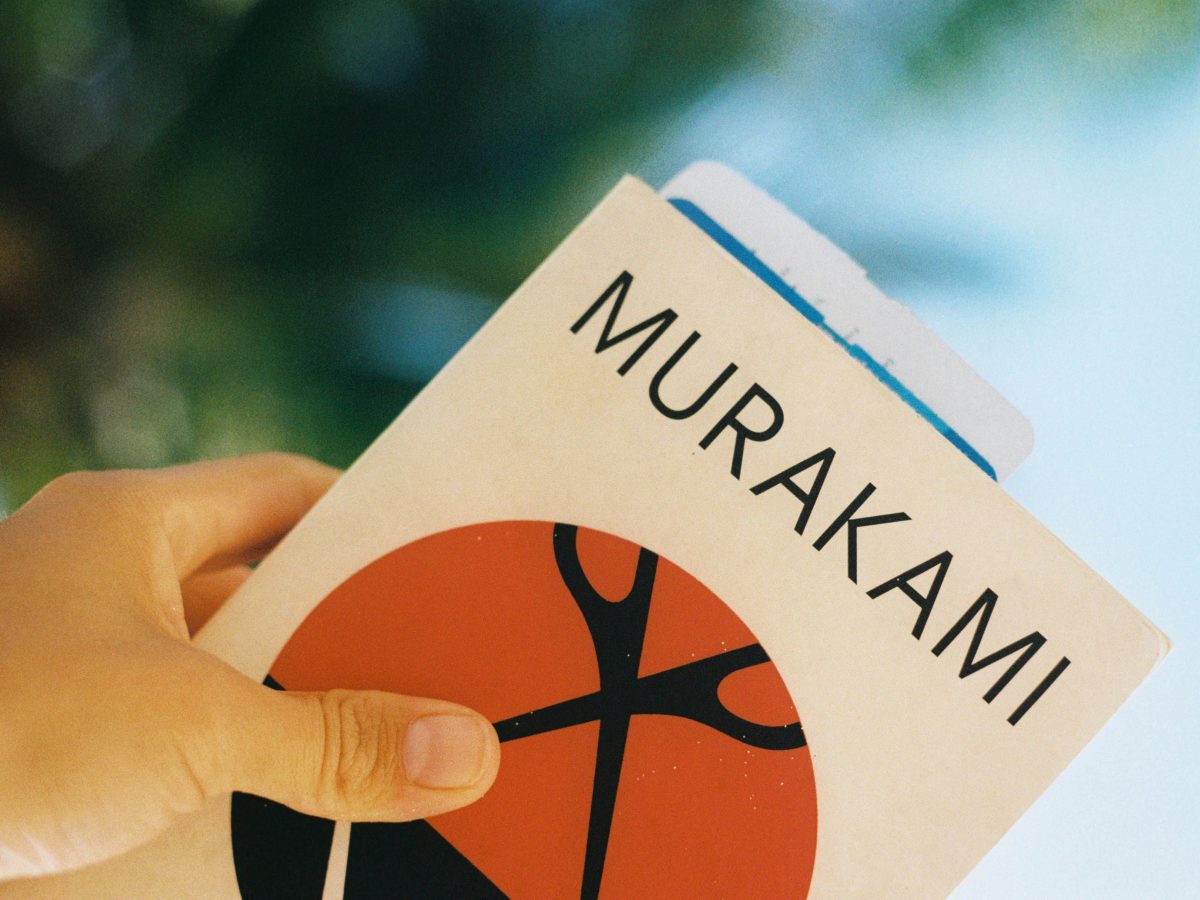𝘈𝘱𝘱𝘳𝘰𝘹 𝘳𝘦𝘢𝘥 𝘵𝘪𝘮𝘦: 3 𝘮𝘪𝘯𝘴🕒
Communicating your message is an integral part of your business, especially when entering international markets. When globalising your company, there are many aspects that need to be considered, including translation and transcreation.
In this blog, we are going to look at what transcreation is and how it differs from translation.
To explore transcreation fully, we will be looking at the consequences big-name brands had to face as a result of not using this vital linguistic process.
Three times transcreation should have been ued, rather than translation, include when Ford launched a campaign in Belgium and when KFC and Pepsi translated into Chinese.
So, let's take a look at these three mistakes made in more detail and how you can avoid making them.
In more detail: What is transcreation?
So, what exactly is transcreation?
Transcreation is a combination of translation and creation. This service is carried out by professional translators who are also expert writers.
The core message, tone of voice, writing styles, and intent of your business's content piece will remain, but the actual wording may differ.
Example 1: Ford Motor Company
Ford wanted to promote the high-quality materials used in the manufacturing of their cars. In a marketing campaign, they used the catchphrase 'Every car has a high-quality body'.
However, when it came for this campaign to be launched in Belgium, direct translation was used, meaning the phrase read 'Every car has a high-quality corpse'.
This was definitely not the message Ford wanted to advertise and quickly had to remove it. Had the message been transcreated, Ford would have created a buzz around the new product and shown that they care about being a part of the Belgian market.
Example 2: KFC
Another company that was affected by a direct translation, when transcreation should have been the solution, was KFC.
KFC’s very popular slogan is 'Finger-lickin’ good'. As you probably guessed, the slogan didn’t have the best translation.
When translated into Chinese, the wording read 'Eat your fingers off'. Not whetting your appetite. The fast-food chain had no choice but to remove and take down any promotional material with this translation.
Had the message been transcreated, KFC would have been left with a slightly different, yet just as catchy, slogan that may have gone viral... for all the right reasons.
Example 3: Pepsi
Pepsi also had issues when translating its message into Chinese.
The original 'Pepsi brings you back to life' slogan had a translation error when the message changed to 'Pepsi brings you back from the grave'. This bold, and obviously untrue claim, impacted the business as one of Pepsi’s main competitors had an increase in sales due to the blunder.
A prime example of assuming word-for-word translation does the job every time.
What's the difference between translation and transcreation?
Knowing when transcreation should be used and when translation should be used is an important aspect of ensuring your business is navigating international trading correctly. This will help you avoid mistakes like the three companies above.
But when do you use each service? Well, translation is the process of making one piece of text word-for-word available in a different language from its original.
Whereas transcreation is taking a slogan, for example, and making it work in more than one language.
Haribo is just one of the many companies that use transcreation to make their slogan understood by all their audiences. Haribo’s original slogan is “Kids and grownups love it so, the happy world of Haribo.”
This message, transcreated in German, is “Haribo make children happy, and grownups too.” From this example, it's clear that the key message is still there it’s just in slightly different wording. A more suitable outcome when the word-for-word language translation doesn’t offer the right solution.
When to use transcreation, and when to use translation?
Translation is suited for literal communication, technical content, documents, product descriptions, and non-emotional information.
Transcreation, on the other hand, is suited for advertising copy, slogans, taglines, branding, and creative campaigns.
In short, use translation for more literal, factual content and use transcreation for content that needs to be recreated for impact in different languages.
Conclusion
That brings the blog to an end nicely.
Now you know what transcreation is, when to use it instead of translation, the difference between the two and some examples of when it should have been opted for so you don't make the same mistakes.
Contact us today to get a free quote or consultation about transcreation services.
𝘒𝘦𝘪𝘳𝘢𝘯 𝘩𝘢𝘴 𝘣𝘦𝘦𝘯 𝘸𝘳𝘪𝘵𝘪𝘯𝘨 𝘢𝘣𝘰𝘶𝘵 𝘭𝘢𝘯𝘨𝘶𝘢𝘨𝘦 𝘴𝘰𝘭𝘶𝘵𝘪𝘰𝘯𝘴 𝘴𝘪𝘯𝘤𝘦 2021 𝘢𝘯𝘥 𝘪𝘴 𝘤𝘰𝘮𝘮𝘪𝘵𝘵𝘦𝘥 𝘵𝘰 𝘩𝘦𝘭𝘱𝘪𝘯𝘨 𝘣𝘳𝘢𝘯𝘥𝘴 𝘨𝘰 𝘨𝘭𝘰𝘣𝘢𝘭 𝘢𝘯𝘥 𝘮𝘢𝘳𝘬𝘦𝘵 𝘴𝘮𝘢𝘳𝘵. 𝘏𝘦 𝘪𝘴 𝘯𝘰𝘸 𝘵𝘩𝘦 𝘏𝘦𝘢𝘥 𝘰𝘧 𝘔𝘢𝘳𝘬𝘦𝘵𝘪𝘯𝘨 𝘢𝘯𝘥 𝘰𝘷𝘦𝘳𝘴𝘦𝘦𝘴 𝘢𝘭𝘭 𝘰𝘧 𝘰𝘶𝘳 𝘤𝘰𝘯𝘵𝘦𝘯𝘵 𝘵𝘰 𝘦𝘯𝘴𝘶𝘳𝘦 𝘸𝘦 𝘱𝘳𝘰𝘷𝘪𝘥𝘦 𝘷𝘢𝘭𝘶𝘢𝘣𝘭𝘦, 𝘶𝘴𝘦𝘧𝘶𝘭 𝘤𝘰𝘯𝘵𝘦𝘯𝘵 𝘵𝘰 𝘢𝘶𝘥𝘪𝘦𝘯𝘤𝘦𝘴.






